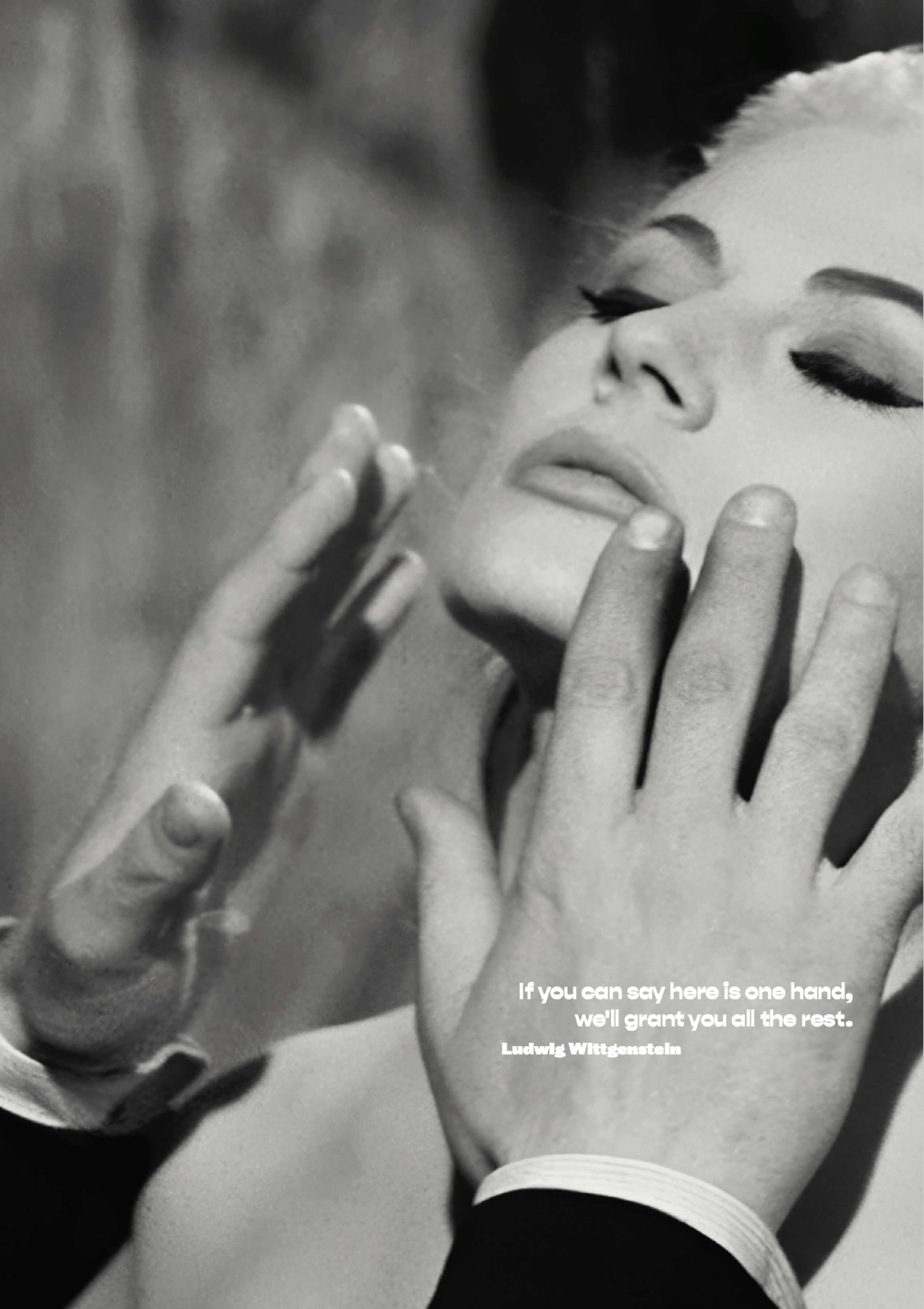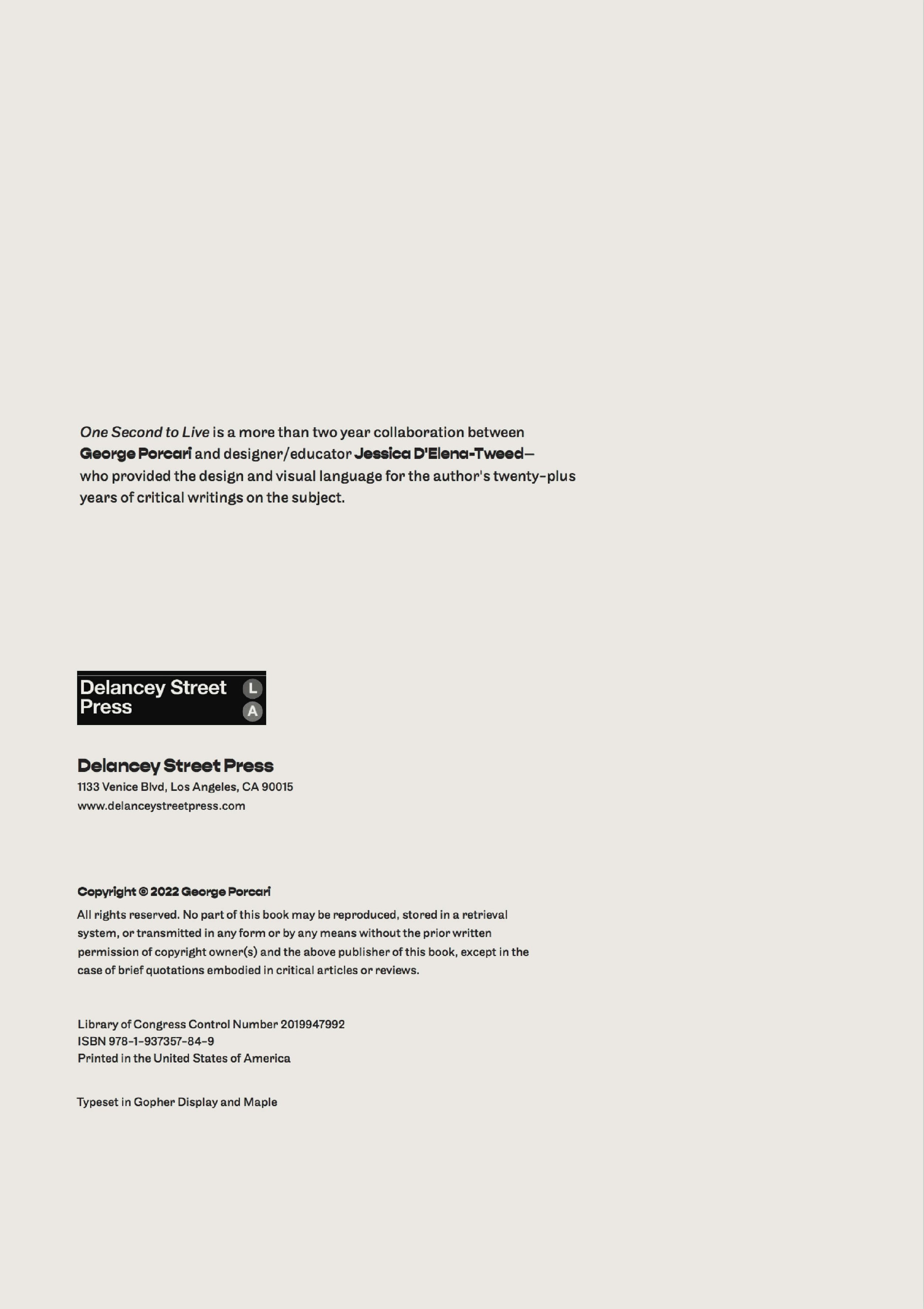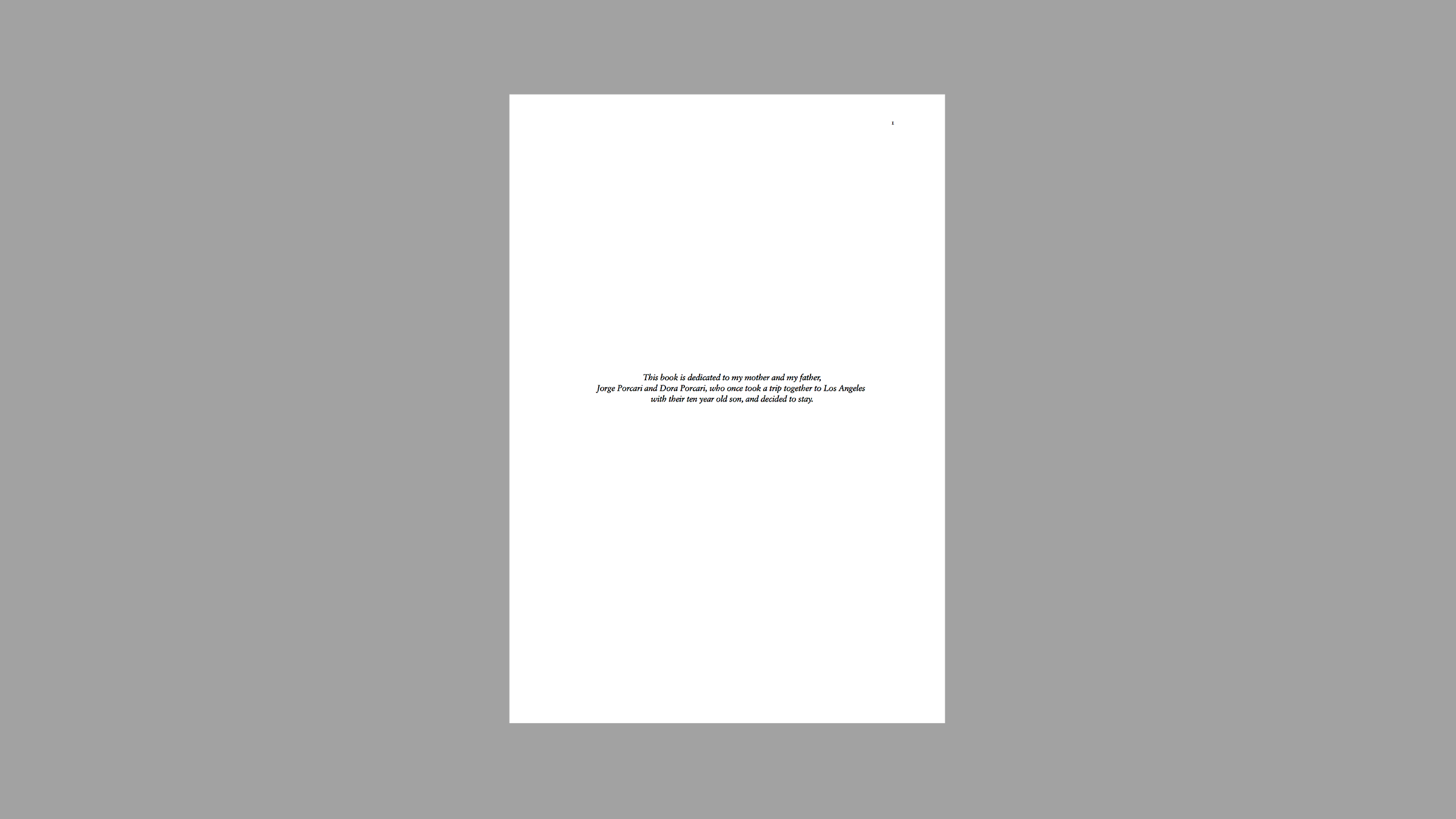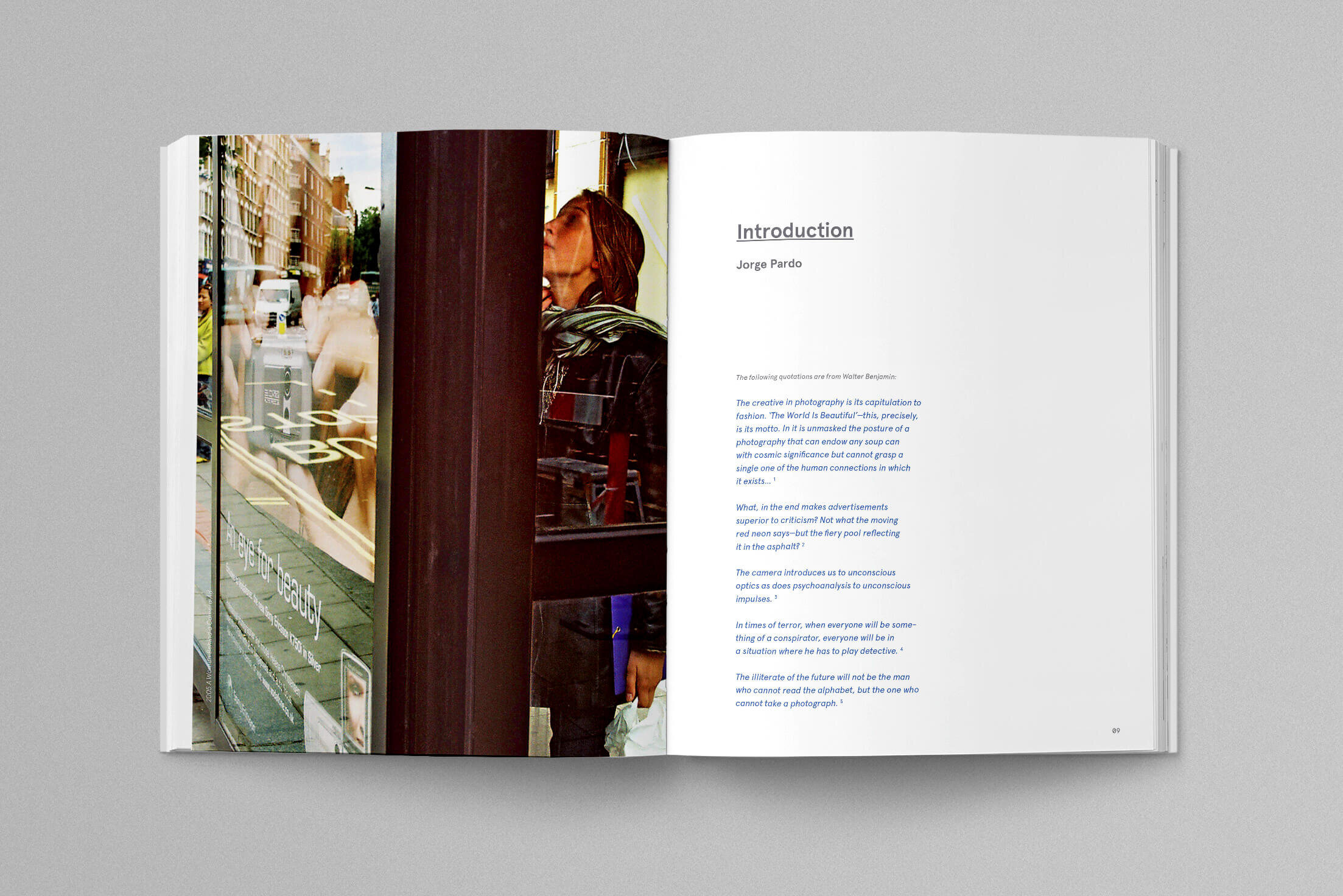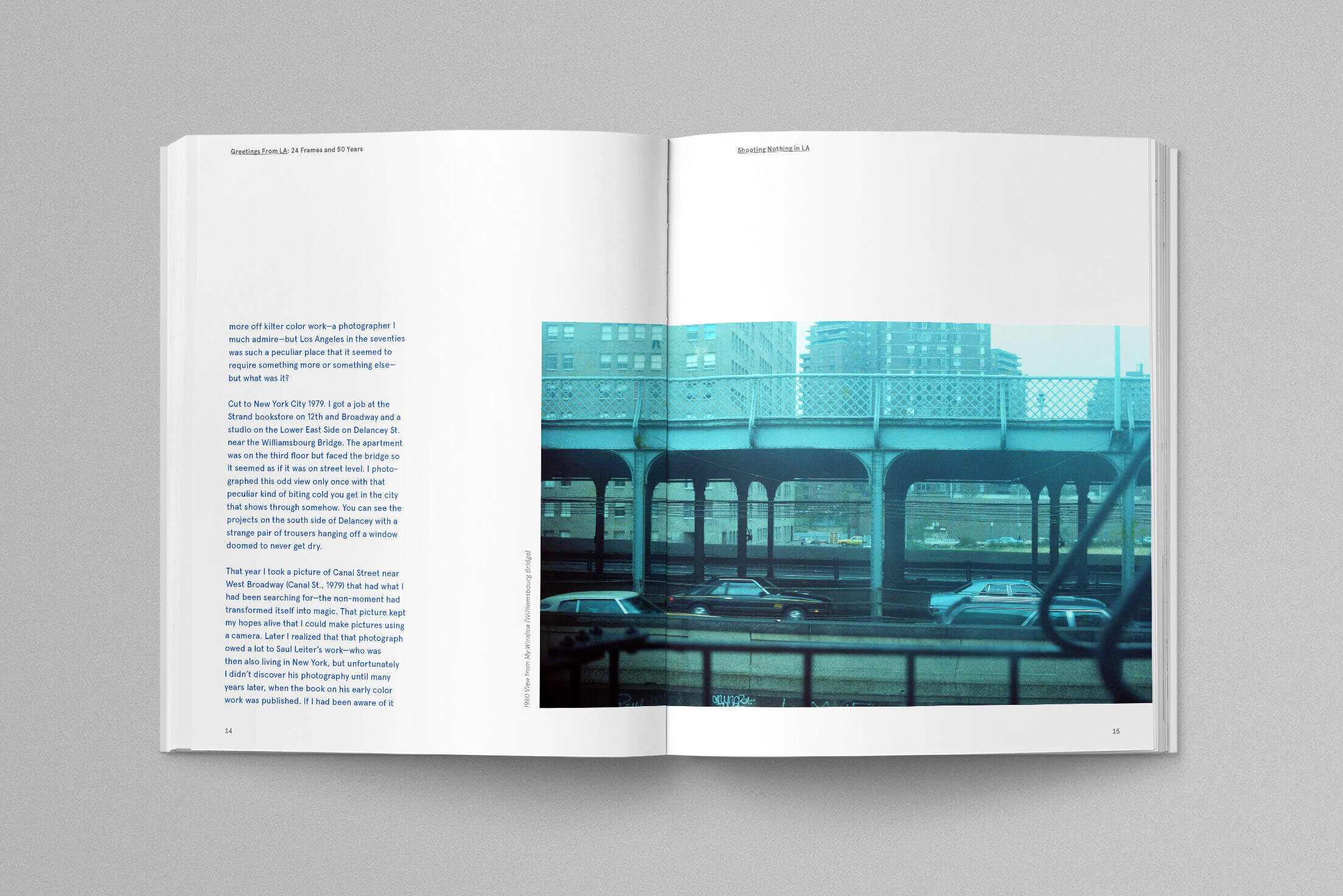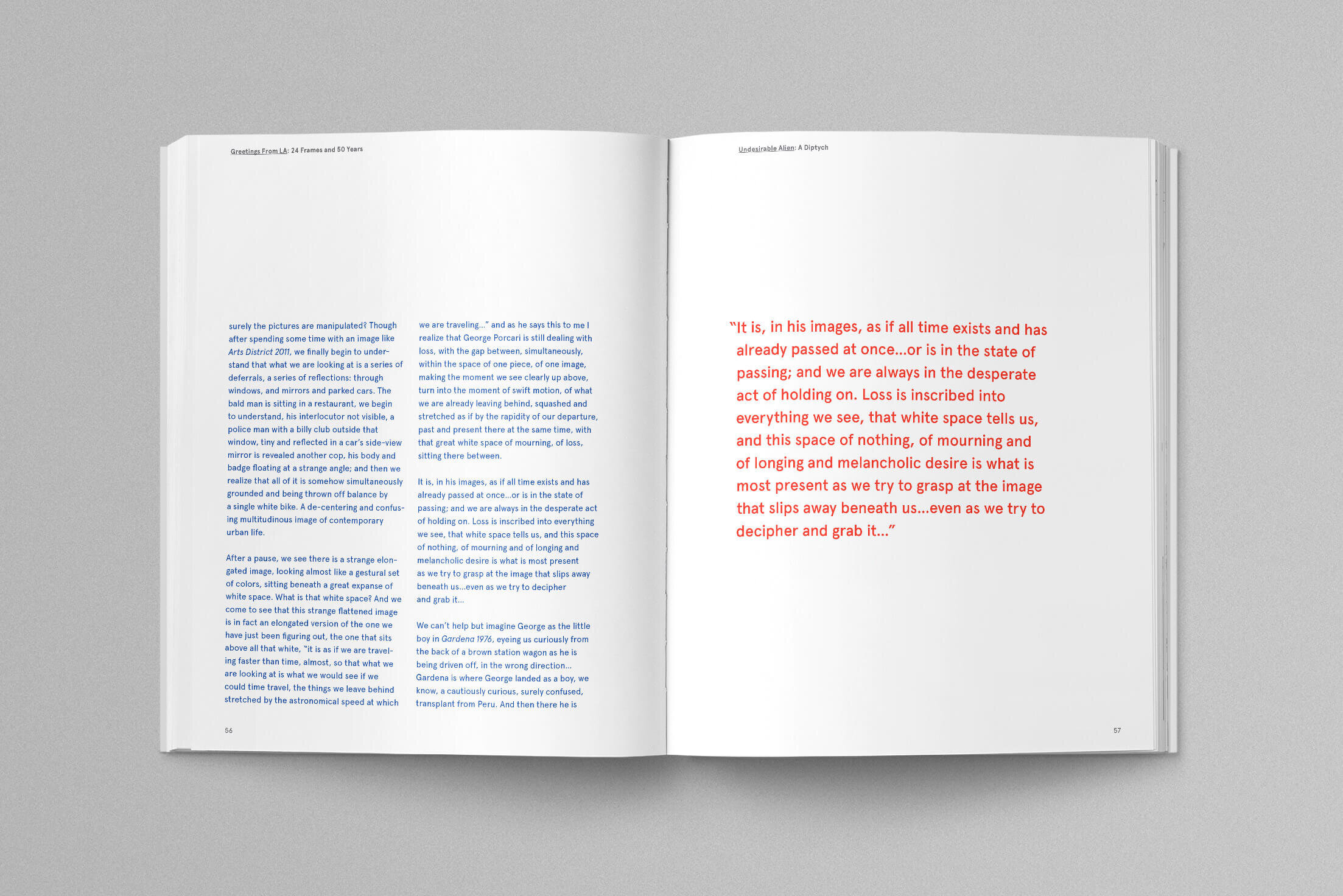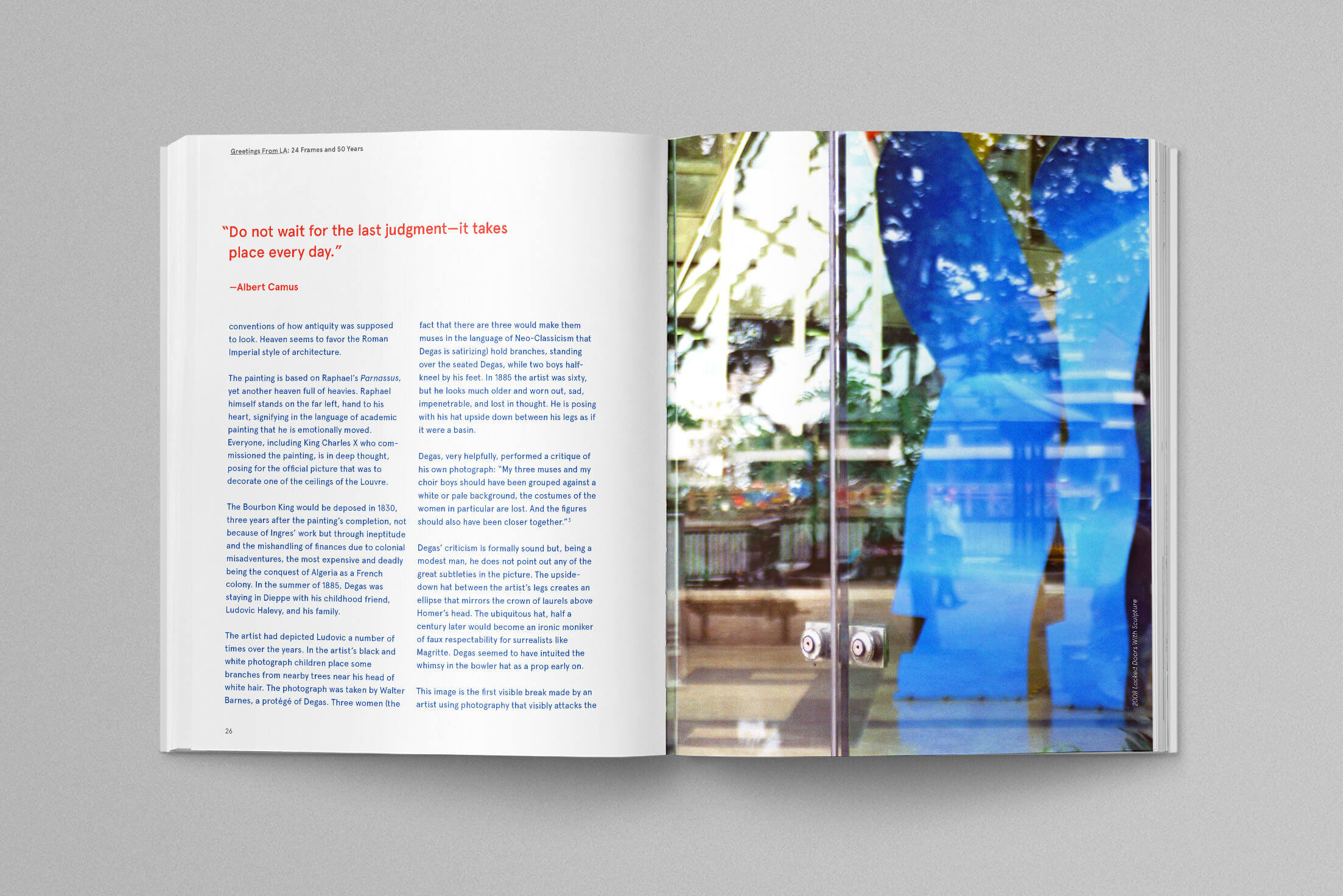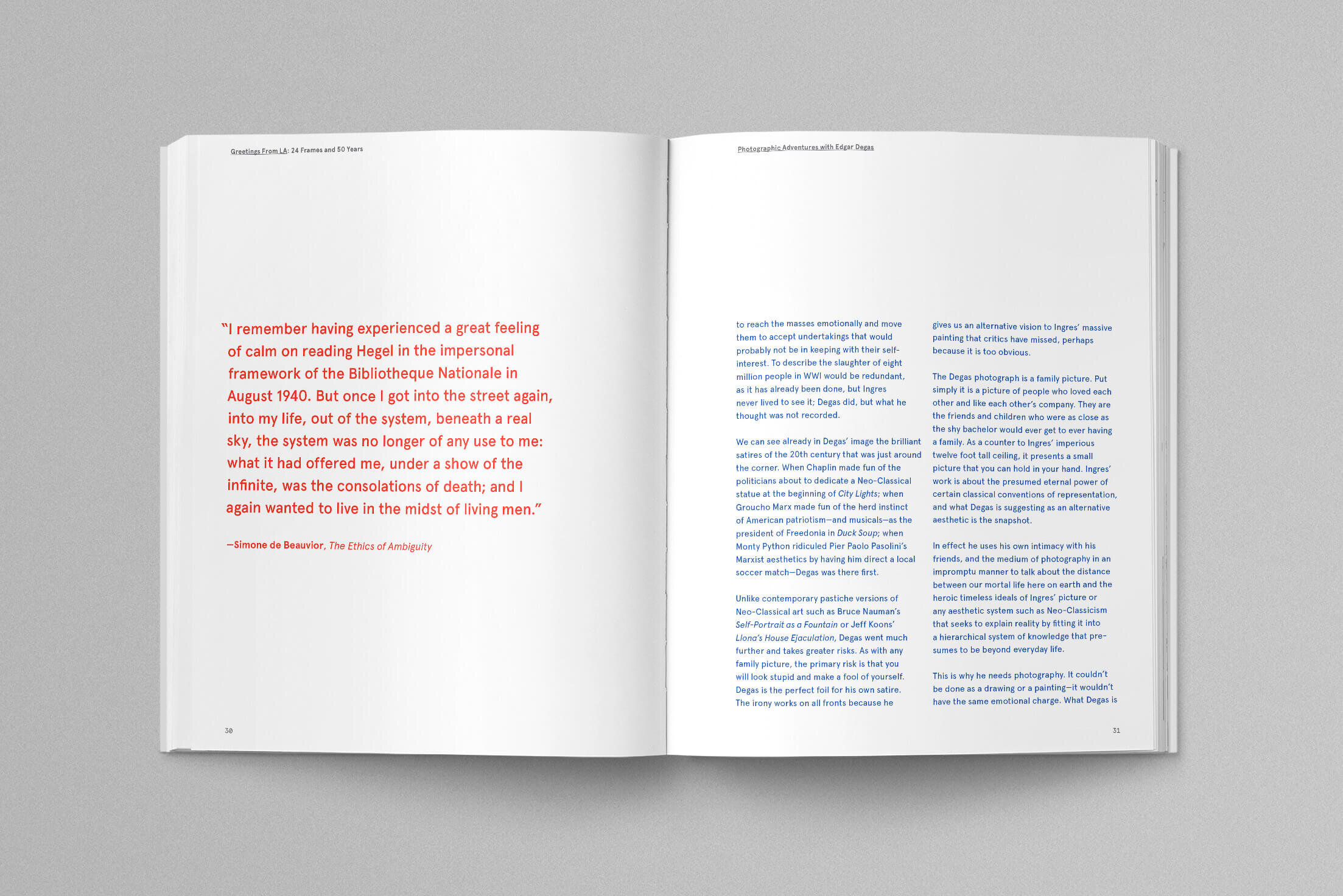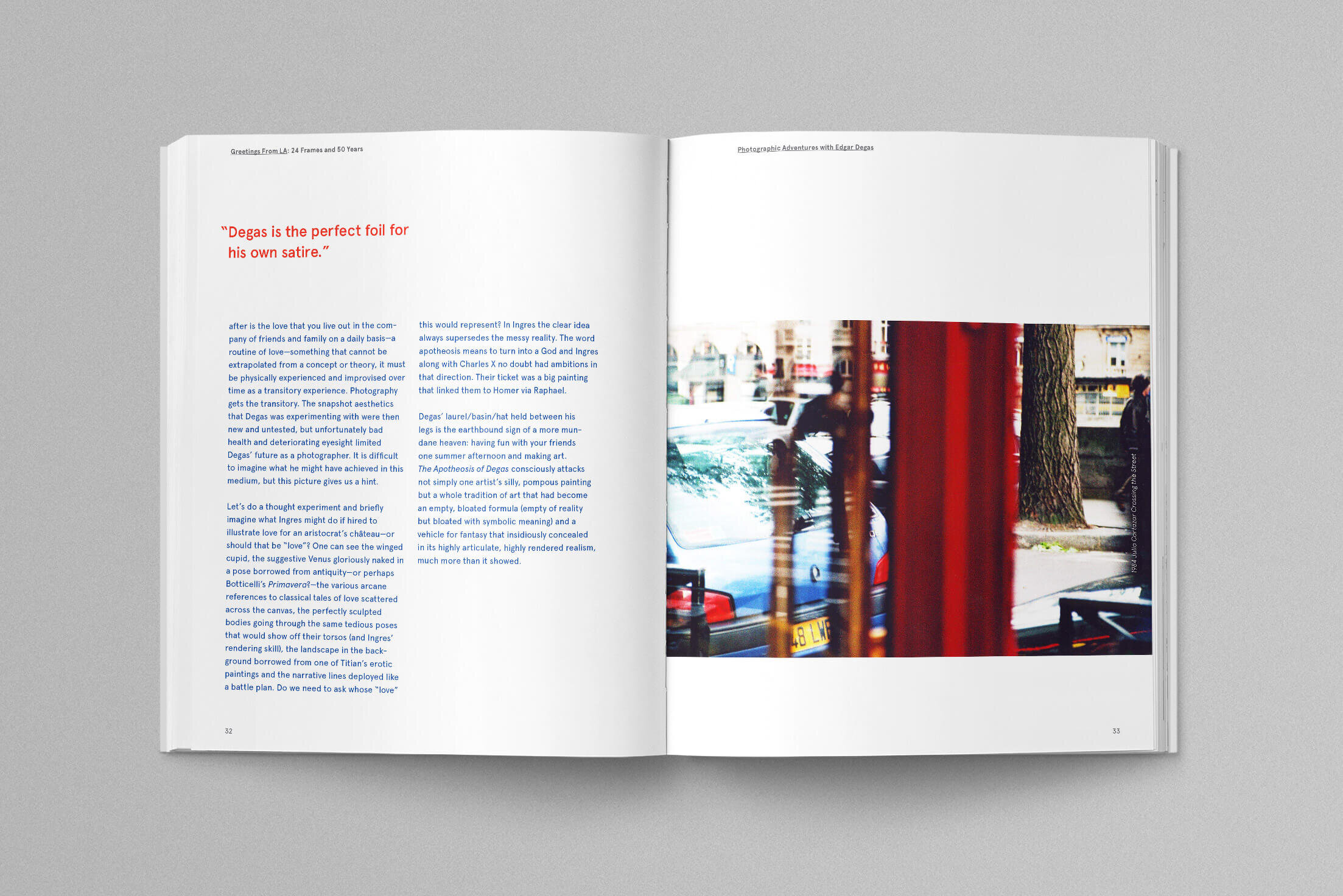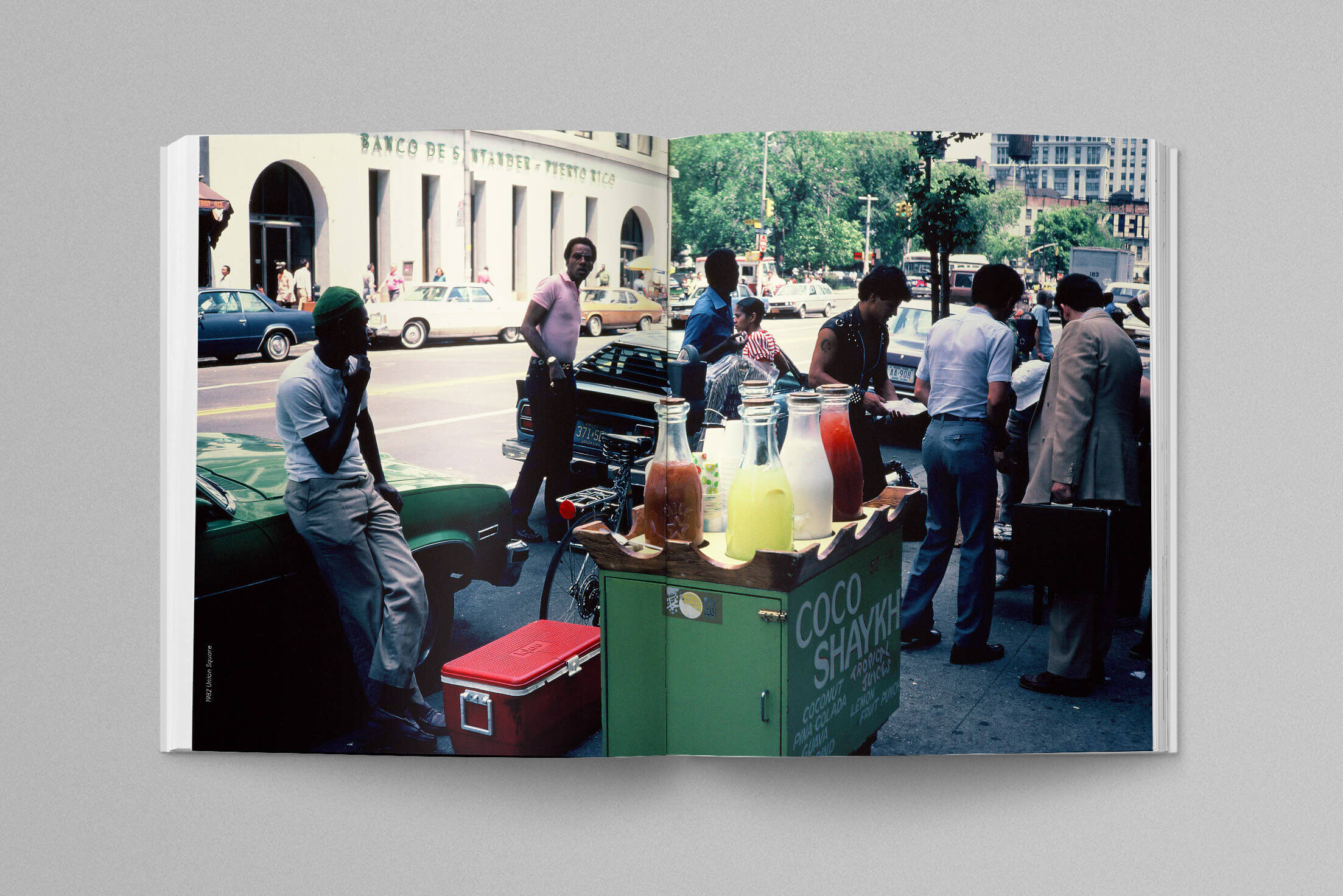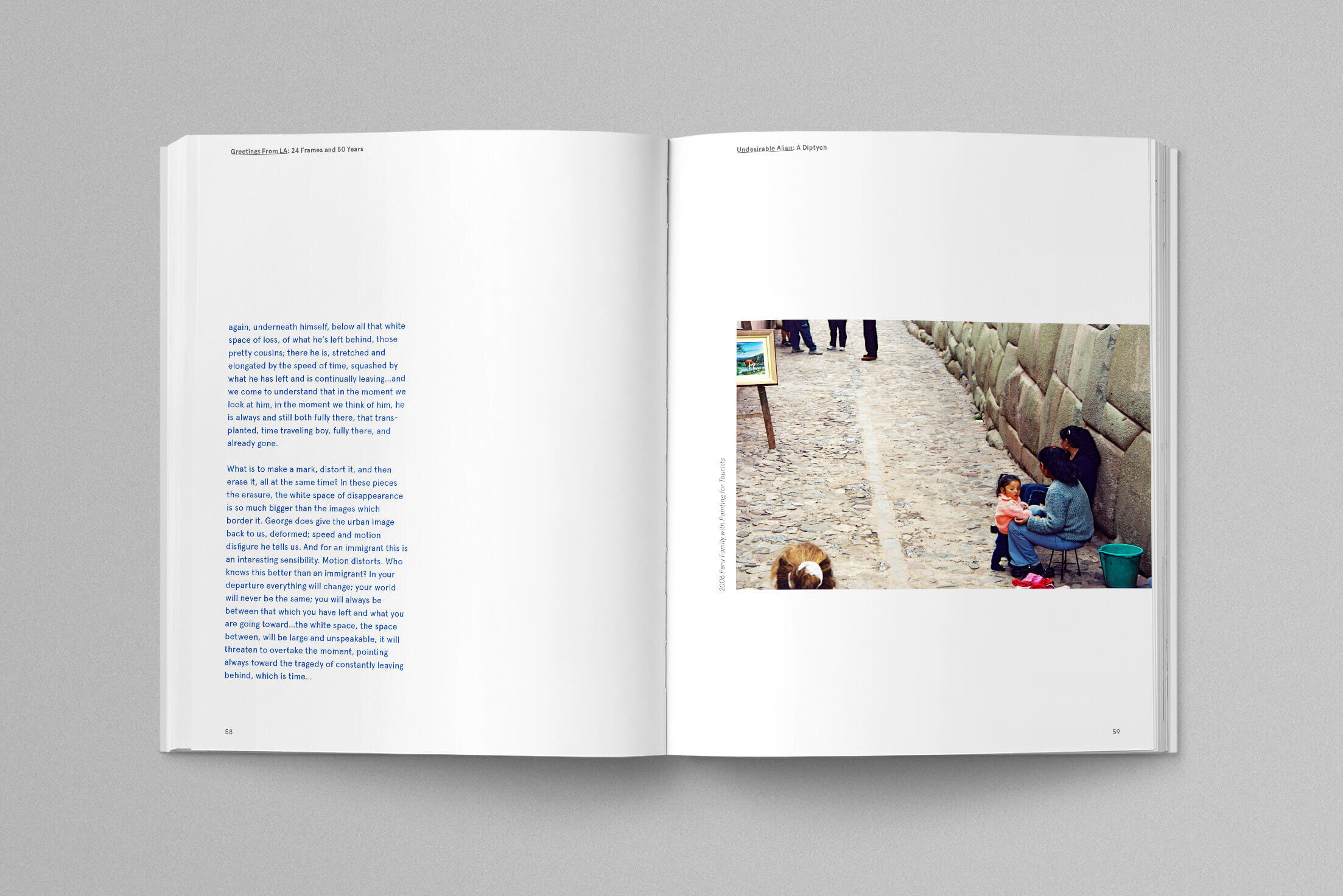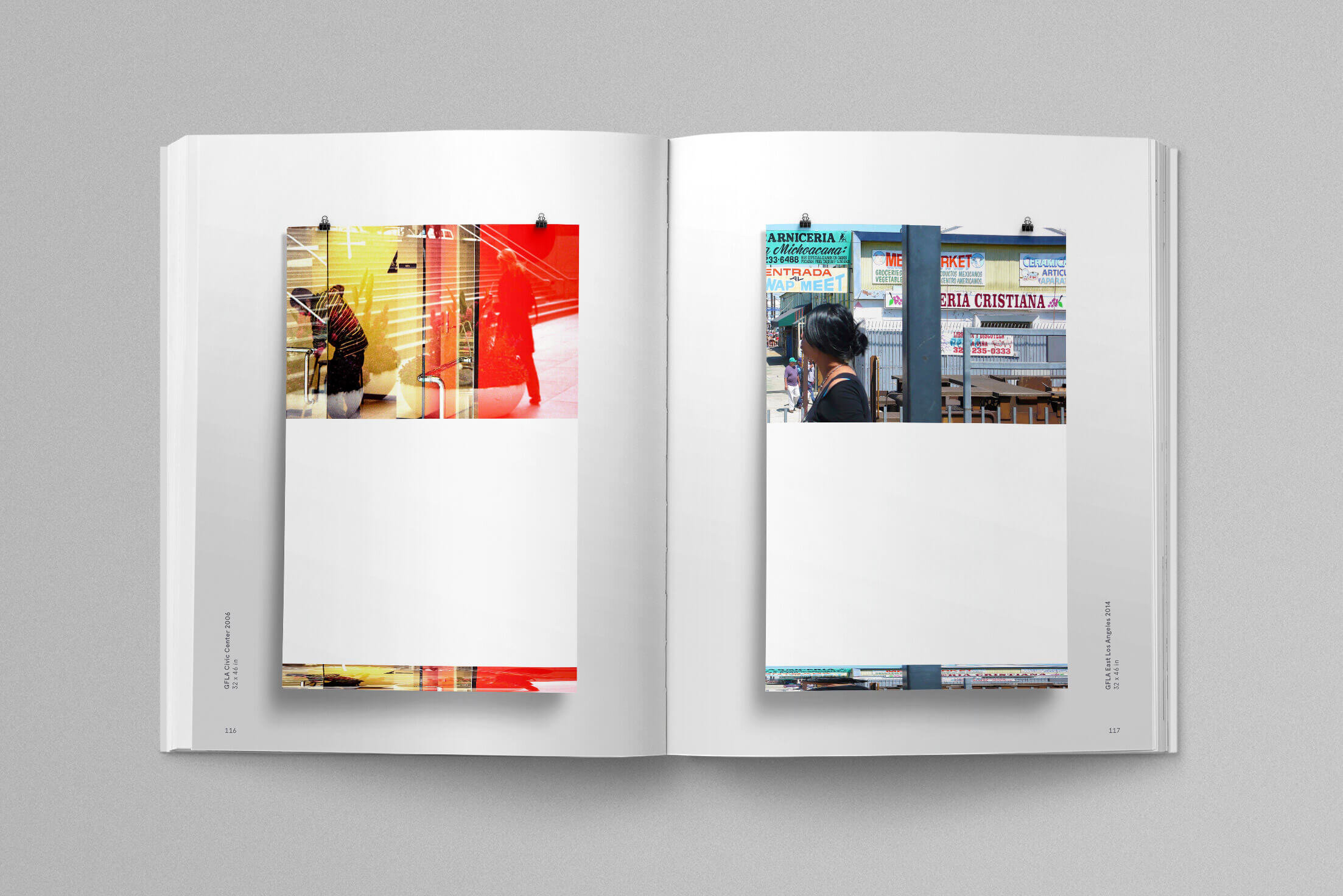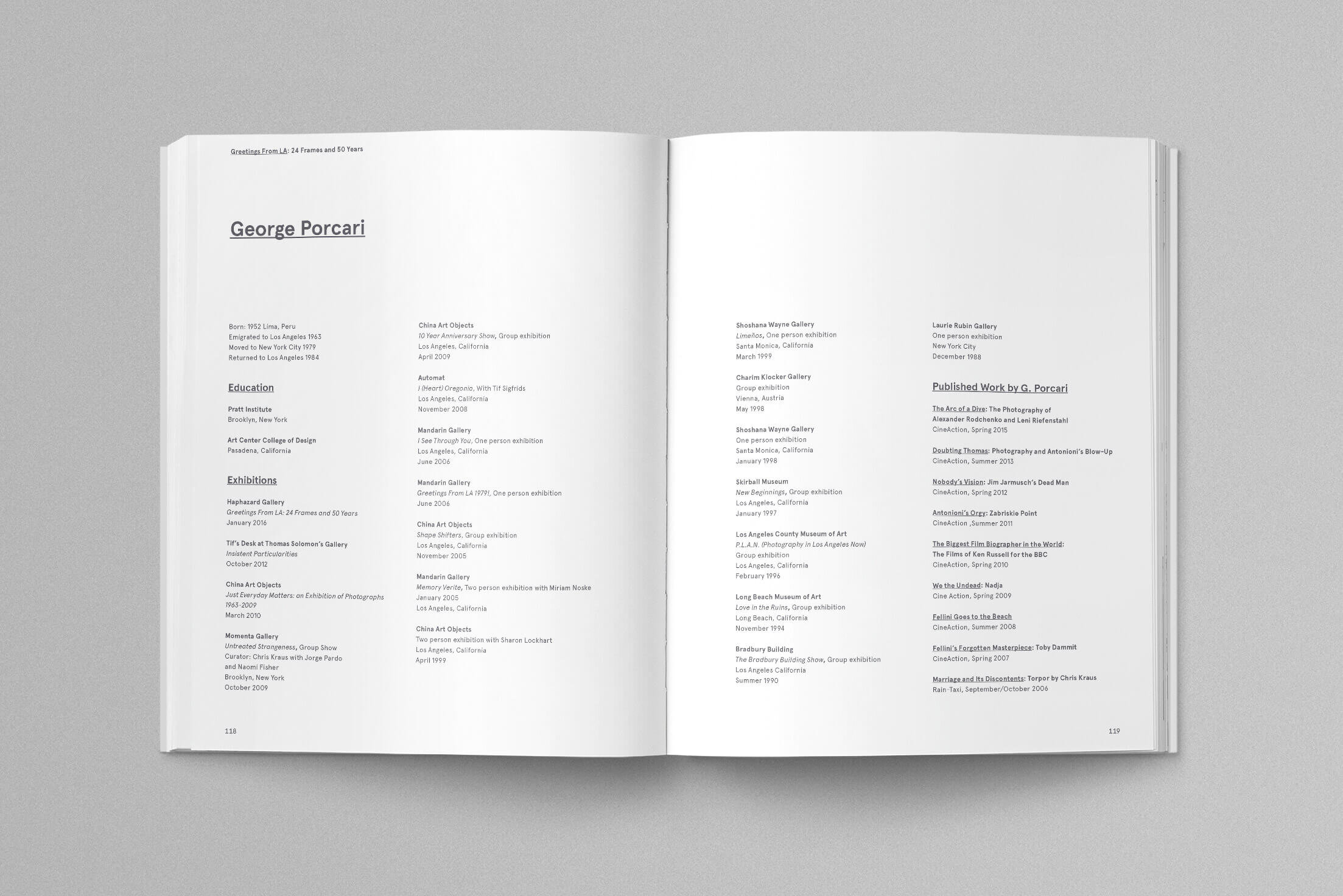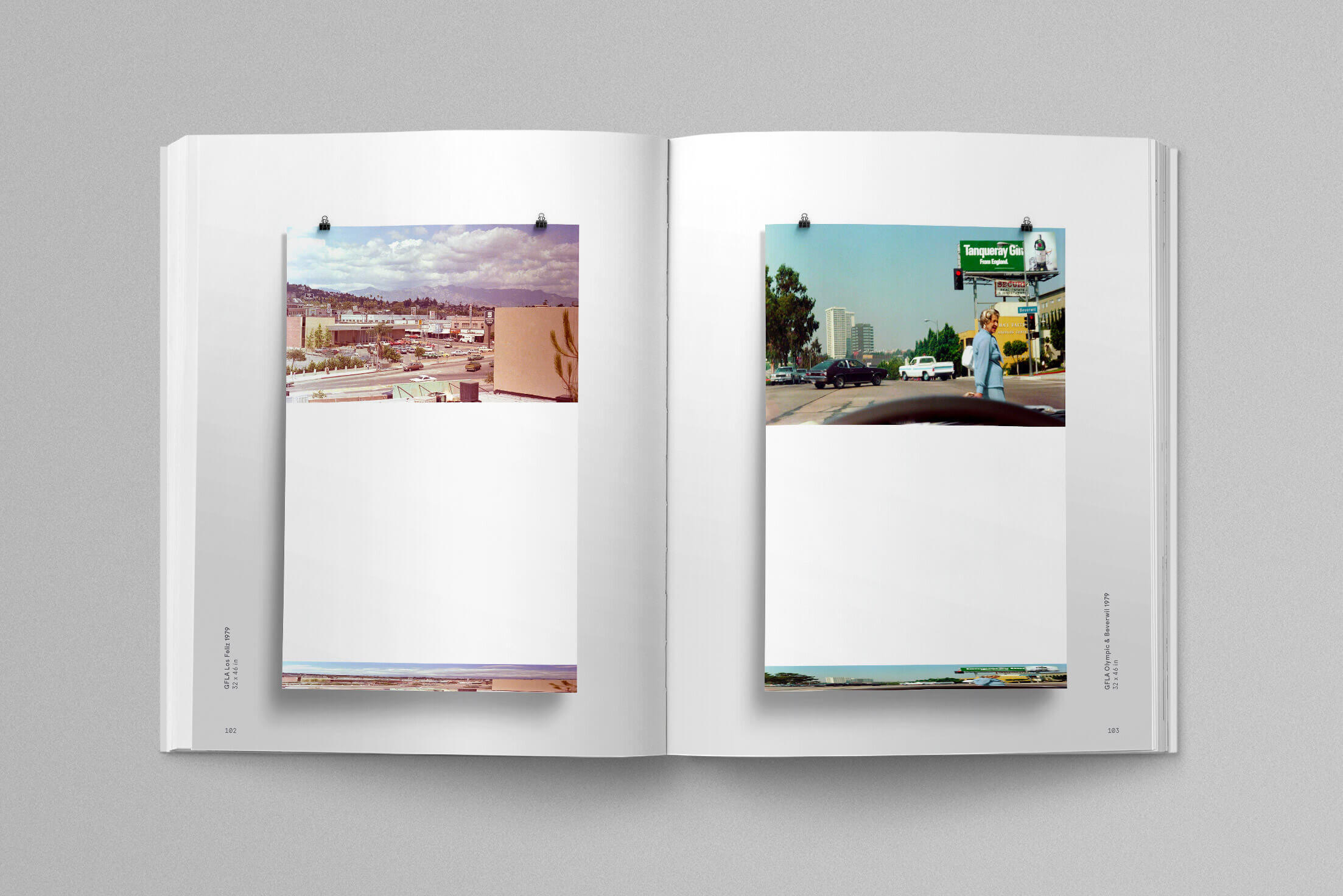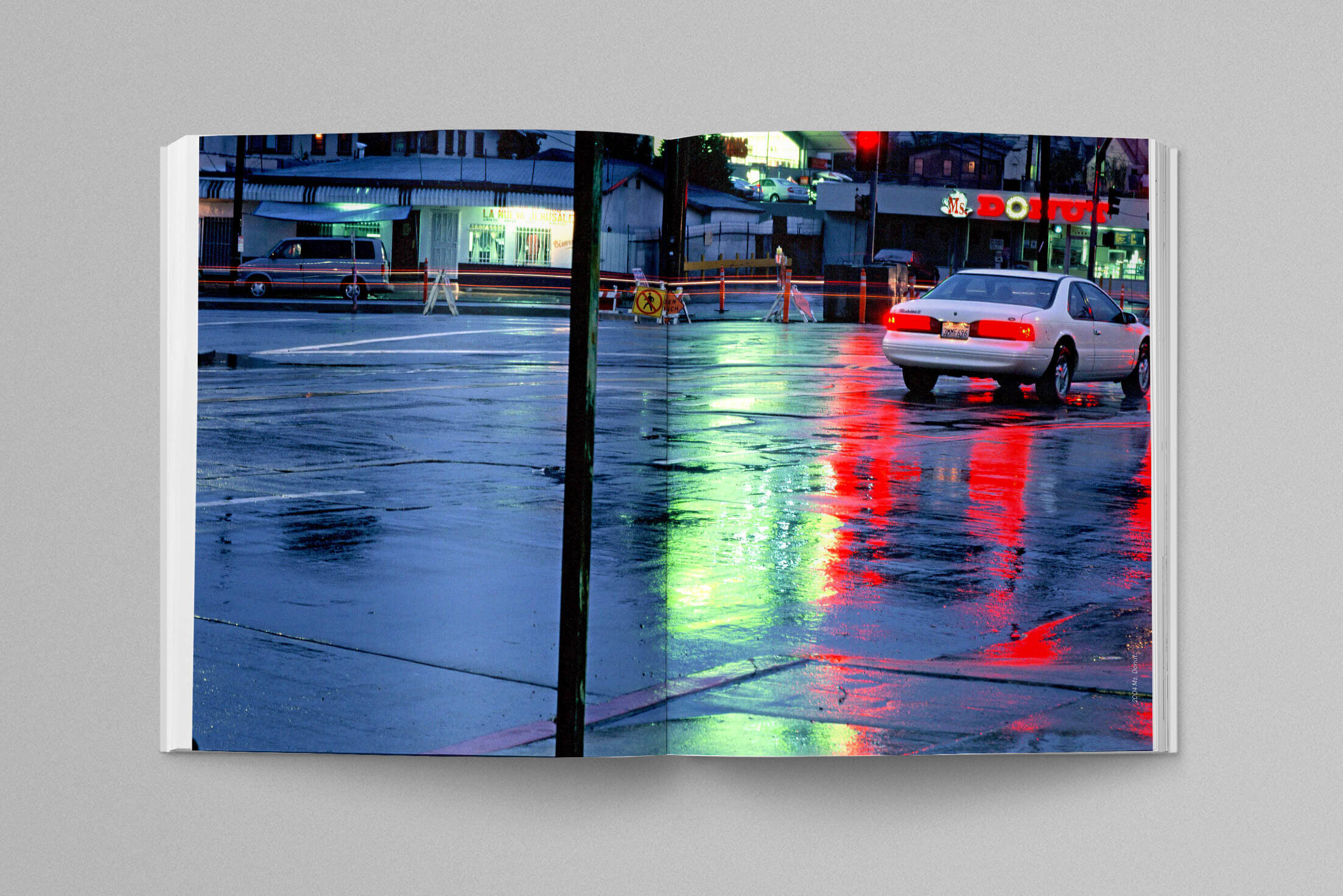

Books Intro
Books
Books Intro
Books
One Second to Live: Photography, Film, and the Corporeal in an Age of Extremes
One Second to Live: Photography, Film, and the Corporeal in an Age of Extremes is a book by George Porcari published by Delancey Street Press and designed by Jessica D’Elena-Tweed in a two year collaboration with the writer. It collects 24 years of writing about the subject by Porcari, who has been publishing in small magazines since he first wrote an essay on the photography of Richard Prince in 1987 for Arts Magazine.
The book has 12 essays arranged chronologically to cover the 20th century, with a peek into the 21st with an essay on Gerhard Richter's photo based paintings - Con Jobs or Even Real Tears: Gerhard Richter's Painting as Photography as Painting. The book begins in 1919 with On the Road in Post-Revolutionary Mexico with Edward Weston and Tina Modotti and has chapters on well-known artists from Alexander Rodchenko and Andy Warhol, to lesser-known photographers such as Ronald Traeger and Valerie Jouve. There are essays that cover a wide swath of territory, such as One Second to Live: A Short History of the Photography of Concern, and there are others that cover only one specific picture, such as Fuck History Let’s Dance! Richard Avedon in Paris, 1956. The book ends with Zero For Conduct: a Basic Guide to Corporeal Cinema From Childhood to the End of Life in Sixteen Films.
Whatever the vast differences in corporeal photographs and films they all deal in some way with our innate and complex relationship to all living things. Such a view accepts as a a starting point that stories are lived in bodies and made in them. Whatever the subject or themes corporeal poetics are invariably also celebrations of the density of being. The corporeal artwork’s most salient philosophical quality is usually some form of melancholy skepticism and stoicism balanced out by a variety of Epicurean pleasures. While these are expressed more often in ironic asides, jokes, reveries, satires or aphorisms than in formal writings or artworks, the latter are the subject of this book. What these artworks were attempting to do in their time, and what they have to tell us today are explored in a timeline that takes us from the factions within avant-garde photography in post-revolutionary Mexico in the Twenties to the use of digital news images in New York to make art in 2001.
Paperback - 590 pages - ISBN 0578296489 - 8.2” X 11.6”
The Antonioni Adventure
The Antonioni Adventure is a book designed by Ucef Hanjani and written by George Porcari about the work of Michelangelo Antonioni from L’Avventura (1961) to The Passenger (1975). The book traces Antonioni’s relation to modernist art and avant-garde films and how, over span on time, he incorporated these tropes into the conventions of the feature film. Modernism was always the principal context in which Antonioni’s characters lived and struggled. Baudelaire’s definition of modernism as “the transitory, the fugitive, the contingent” beautifully articulates Antonioni’s principal concerns. Many still images from his films have become iconic representations of “modernism in crisis.” This crisis might best be understood as an undefined psychological estrangement from nature that seemed to have placed man in a no-man’s-land: a man-made world of advanced technology and disconnected urban spaces such as hotel rooms, hospitals, airports, offices and parking lots. These are the primary spaces that Antonioni explores in-depth and Porcari’s book examines the filmmaker’s explorations, discoveries, and transitions in that extraordinary creative arc from 1961 to 1975.
Paperback - 250 pages - ISBN 0578513447 - 6”X9”
Beige
Beige is book designed by Jessica Delena and its authorship is a collaboration between Bruna Mori and George Porcari with the text and images being shared by both. The book was published in 2019 by UpSet Press in New York, but the idea came to the authors some ten years earlier in an informal conversation about where they had grown up and the answer turned out to be “the suburbs.” For Mori it was Lemon Grove, a suburb of San Diego and for Porcari it was Gardena, a suburb of Los Angeles. While their experiences were very different the architecture and the beige adobe were very similar – they decided to make a book about their experiences. Mori went on from Lemon Grove to Bard College and a career as a poet and a teacher, and has published two previous collections of poetry: Derive and Poetry for Corporations. Porcari went to the vocational-technical school in Gardena and then moved to New York City where he worked at the Strand Bookstore in Manhattan. He attended Pratt Institute in Brooklyn and then the Art Center College of Design in Los Angeles, where he was a librarian for 33 years. Porcari has written two previous books, Greetings From LA: 24 Frames and Fifty Years, a catalog from an exhibition of photo-collage in 2016, and The Antonioni Adventure, on the work of Italian filmmaker Michelangelo Antonioni, published in 2019.
Paperback - 82 pages - ISBN 1937357813 - 9”X5.5”
Greetings from LA: 24 Frames and 50 Years
Greetings from LA: 24 Frames and 50 Years is a catalog designed by Karen Davison and published in 2016 from an exhibit at the Haphazard Gallery in Los Angeles in the same year. The exhibit covers a body of work consisting of large scale collages each made from photographs taken by Porcari over a fifty year period period 1964 – 2014. Each photograph is then printed on matte paper twice, at the very top and bottom, leaving the space in-between blank. The top image is cropped and the bottom image is complete but highly compressed, leaving the field between these two images – that are in fact the same image – as a meeting ground of possibilities, or not, as the case may be. Aside from Porcari, who contributed an introduction to his work and two essays, four other authors wrote pieces especially for the book - the sculptor Jorge Pardo provided an introduction, and Sylvére Lotringer, Veronica Gonzalez Peña, and Colin Blodorn provided essays on the work. In 2019 a second edition of the catalog was published by Delancey Street Press that added an essay by the American, Cologne based writer, Mark von Schlegell, and this is the edition that is currently available.
SPECIFICATIONS - Paperback - 142 pages - ISBN 0573538660 - 8”X10”
Delancey Street Press
Delancey Street Press (DSP) is a publishing house that concentrates on works of discerning, contemplative dissent that have depth, durability and exceptionality. It is maverick in its approach and is committed to giving voice to contemporary writers, artists and photographers whose work has not entered the mainstream. The principal owners and editors are Mok Wai Wan, who is an architect and a gallery owner; George Porcari, who is a photographer, artist and critic; and D.R. Haney, who has worked in the film industry for over thirty years and has published a novel and a book of essays.



